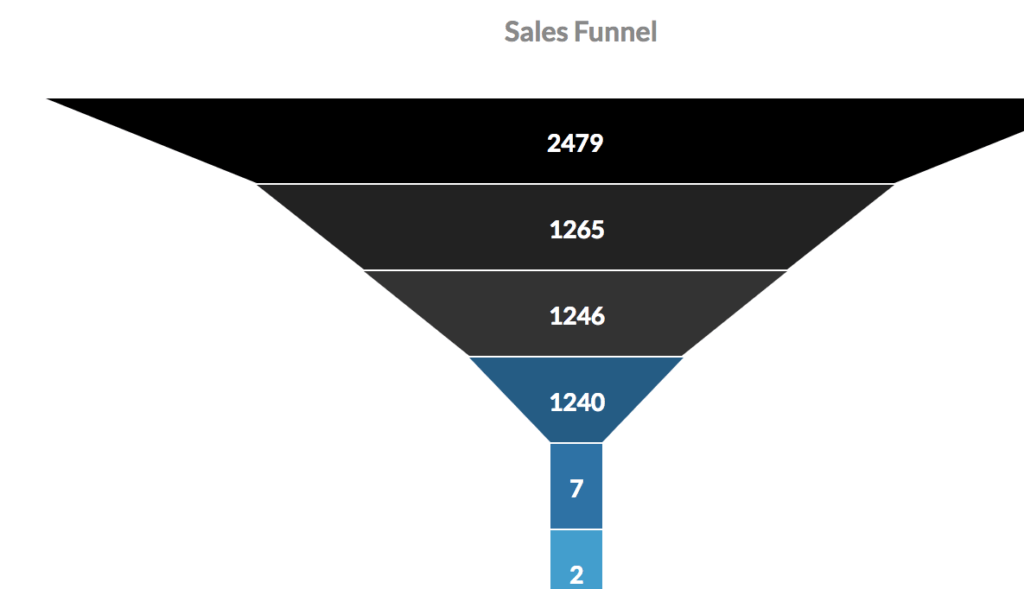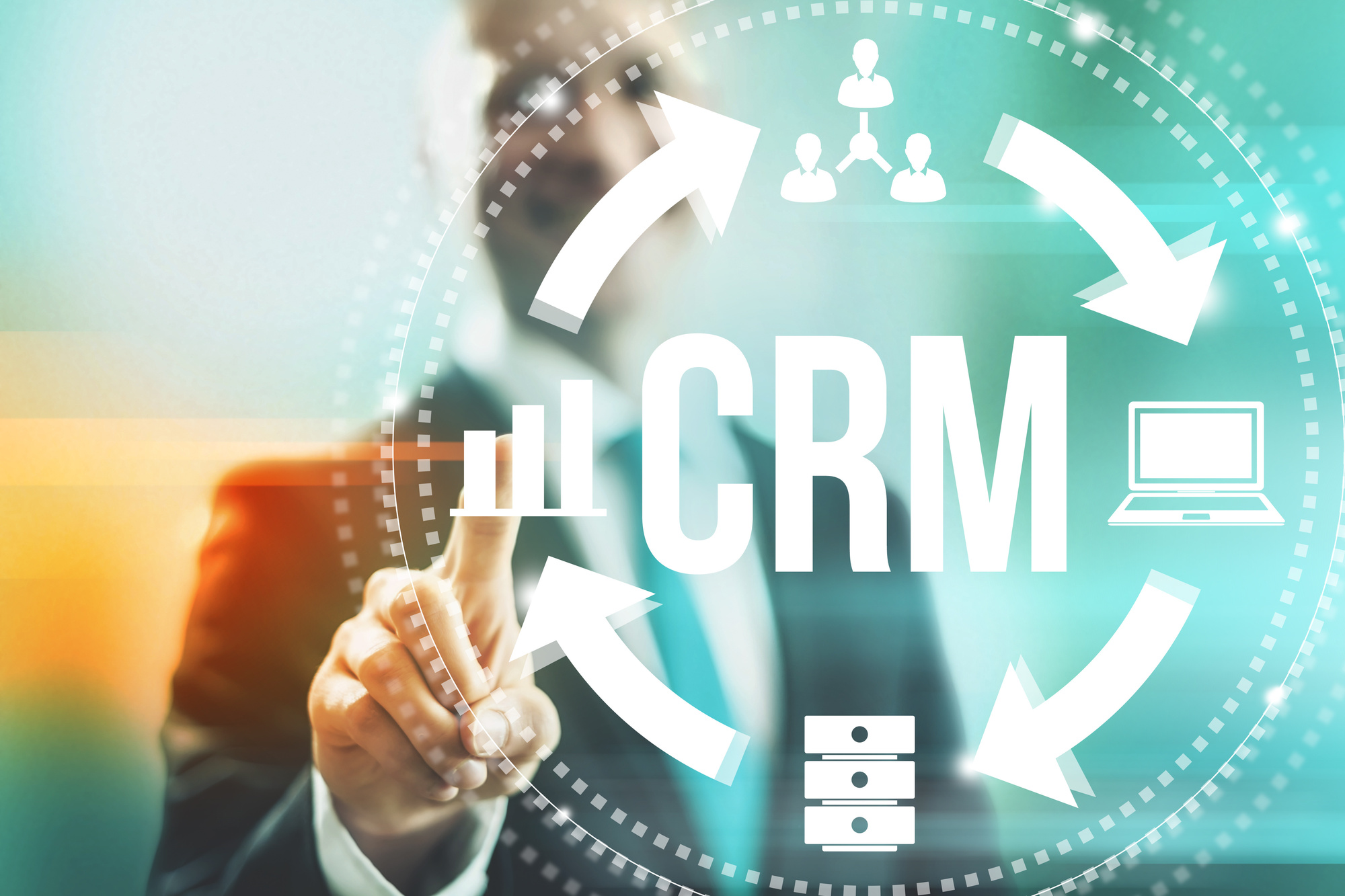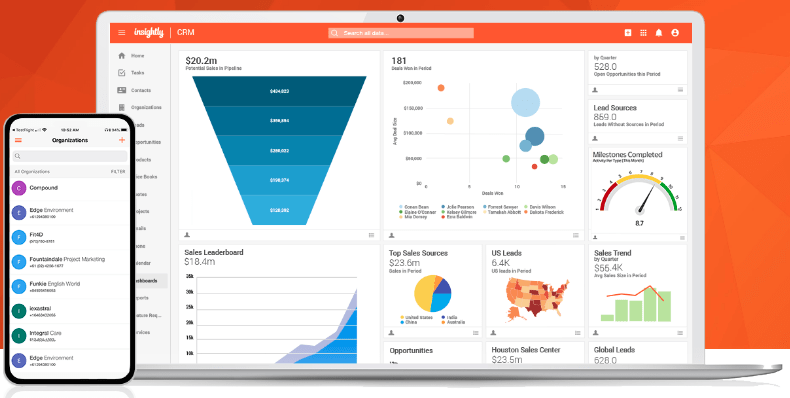
Mastering the CRM Marketing Funnel Setup: A Comprehensive Guide to Conversion
In the ever-evolving landscape of digital marketing, the ability to nurture leads and convert them into loyal customers is paramount. A well-structured CRM (Customer Relationship Management) marketing funnel is the cornerstone of this process. It’s more than just a buzzword; it’s a strategic framework designed to guide potential customers through various stages, from initial awareness to final purchase and beyond. This comprehensive guide will delve deep into the intricacies of CRM marketing funnel setup, providing you with the knowledge and tools needed to build a system that drives conversions, boosts customer loyalty, and ultimately, fuels your business growth.
Understanding the CRM Marketing Funnel
Before we dive into the setup, let’s establish a solid understanding of what a CRM marketing funnel is. At its core, it’s a visual representation of the customer journey, breaking it down into distinct stages. Each stage represents a different level of engagement and commitment from the potential customer. The funnel metaphor aptly describes this process, as a large number of potential customers enter at the top, and a smaller, more qualified group emerges at the bottom as paying customers.
The typical CRM marketing funnel consists of the following stages:
- Awareness: This is the top of the funnel (TOFU). It’s where potential customers first become aware of your brand, products, or services. This stage is all about generating interest and attracting attention.
- Interest: Once aware, potential customers begin to show interest. They might research your offerings, visit your website, or engage with your content.
- Decision: This is where potential customers evaluate their options and make a decision about whether to purchase from you or a competitor.
- Action (Purchase): This is the bottom of the funnel (BOFU), where the customer makes a purchase and becomes a paying customer.
- Retention/Advocacy: This stage focuses on keeping customers engaged and turning them into brand advocates. This involves providing excellent customer service, offering exclusive deals, and encouraging referrals.
Understanding these stages is crucial because each stage requires a different set of marketing strategies and tactics. A successful CRM marketing funnel setup requires tailoring your approach to the specific needs and behaviors of customers at each stage.
Choosing the Right CRM Platform
The foundation of any successful CRM marketing funnel is the CRM platform itself. Choosing the right platform is a critical decision, as it will serve as the central hub for managing customer data, automating marketing activities, and tracking performance. The market is flooded with CRM platforms, each with its own strengths and weaknesses. Here are some key factors to consider when making your selection:
- Features: Does the platform offer the features you need? Look for features such as contact management, lead scoring, email marketing automation, sales pipeline management, reporting and analytics, and integration capabilities.
- Scalability: Can the platform grow with your business? Consider your future needs and choose a platform that can handle increasing data volumes and user numbers.
- Ease of Use: Is the platform user-friendly? Your team needs to be able to easily navigate the platform and utilize its features. A steep learning curve can hinder adoption and reduce efficiency.
- Integrations: Does the platform integrate with your existing tools and systems? Seamless integration with your website, email marketing platform, social media channels, and other tools is essential for streamlining your marketing efforts.
- Pricing: Does the platform fit within your budget? CRM platforms come in a variety of pricing models, from free to enterprise-level. Consider the features you need and choose a plan that offers the best value for your money.
- Customer Support: Does the platform offer adequate customer support? Look for a platform with reliable support channels, such as email, phone, and live chat.
Some popular CRM platforms include Salesforce, HubSpot, Zoho CRM, Microsoft Dynamics 365, and Pipedrive. Each platform offers a different set of features and pricing options. Researching and comparing these platforms is a crucial step. Consider which best aligns with your business needs and budget.
Setting Up Your CRM Marketing Funnel
Once you’ve chosen your CRM platform, it’s time to set up your marketing funnel. This involves defining the stages of your funnel, mapping out the customer journey, and implementing marketing automation workflows. Here’s a step-by-step guide:
1. Define Your Funnel Stages
As mentioned earlier, the typical CRM marketing funnel consists of awareness, interest, decision, action, and retention/advocacy. However, you can customize these stages to align with your specific business model and customer journey. For example, you might add a “qualification” stage between the interest and decision stages to identify and nurture leads that are most likely to convert.
Consider the specific actions that customers take at each stage. This will help you determine the appropriate marketing tactics to use.
2. Map Out the Customer Journey
Understanding the customer journey is crucial for creating an effective CRM marketing funnel. This involves mapping out the steps that potential customers take, from the moment they first become aware of your brand to the moment they make a purchase and beyond. Consider the following questions:
- How do potential customers typically find your brand?
- What information do they seek at each stage of the funnel?
- What are their pain points and motivations?
- What actions do they take at each stage?
Creating a customer journey map will help you identify the touchpoints where you can engage with potential customers and provide them with the information and support they need.
3. Create Content for Each Stage
Content is king when it comes to CRM marketing. You need to create relevant and engaging content for each stage of the funnel. The type of content you create will vary depending on the stage:
- Awareness: Blog posts, social media updates, infographics, videos, and podcasts. The goal is to attract attention and generate interest.
- Interest: Ebooks, white papers, webinars, case studies, and product demos. The goal is to provide valuable information and position yourself as an expert.
- Decision: Comparison guides, testimonials, reviews, and free trials. The goal is to help potential customers make an informed decision.
- Action: Special offers, discounts, and easy checkout processes. The goal is to encourage purchases.
- Retention/Advocacy: Exclusive content, loyalty programs, and personalized communication. The goal is to keep customers engaged and turn them into brand advocates.
Ensure your content is optimized for search engines to help potential customers find you when they are searching for solutions. Use relevant keywords, write compelling headlines, and create visually appealing content.
4. Implement Marketing Automation Workflows
Marketing automation is the engine that drives your CRM marketing funnel. It allows you to automate repetitive tasks, personalize customer interactions, and nurture leads through the funnel. Here are some common marketing automation workflows to consider:
- Lead Nurturing: Automatically send a series of emails to leads based on their behavior and interests.
- Welcome Series: Send a welcome email to new subscribers or customers, introducing your brand and providing valuable information.
- Abandoned Cart Recovery: Send an email to customers who abandon their shopping carts, reminding them of the items they left behind and offering an incentive to complete their purchase.
- Customer Onboarding: Guide new customers through the onboarding process with automated emails and tutorials.
- Segmentation: Group your leads and customers into different segments based on their demographics, behavior, and interests.
Your CRM platform should provide a way to build these workflows. Carefully plan the steps, triggers, and actions involved in each workflow to ensure it aligns with your marketing goals.
5. Integrate Your CRM with Other Tools
To maximize the effectiveness of your CRM marketing funnel, you need to integrate your CRM platform with other tools, such as your email marketing platform, website, social media channels, and analytics tools. This will allow you to:
- Sync customer data: Automatically sync customer data between your CRM and other tools.
- Track customer behavior: Track customer behavior across different channels.
- Personalize your marketing: Personalize your marketing messages based on customer data and behavior.
- Measure your results: Track the performance of your marketing campaigns and identify areas for improvement.
Most CRM platforms offer integrations with popular third-party tools. Take advantage of these integrations to streamline your marketing efforts.
6. Track and Analyze Your Results
Tracking and analyzing your results is crucial for optimizing your CRM marketing funnel. Your CRM platform should provide reporting and analytics features that allow you to track key metrics, such as:
- Website traffic
- Lead generation
- Conversion rates
- Customer acquisition cost
- Customer lifetime value
- Return on investment (ROI)
Regularly review your reports and identify areas where you can improve your funnel. For example, if your conversion rates are low at a particular stage, you might need to adjust your content or marketing tactics for that stage.
Advanced CRM Marketing Funnel Strategies
Once you have the basics of your CRM marketing funnel in place, you can start implementing advanced strategies to drive even better results. Here are some ideas:
Personalization
Personalization is key to engaging customers and making them feel valued. Use your CRM data to personalize your marketing messages, website content, and customer interactions. This might include addressing customers by name, recommending products based on their past purchases, or tailoring your messaging to their specific interests.
Lead Scoring
Lead scoring helps you identify the leads that are most likely to convert. Assign points to leads based on their behavior and demographics. For example, you might give points for website visits, email opens, and form submissions. When a lead reaches a certain score, you can pass it on to your sales team for follow-up.
Segmentation
Segmenting your leads and customers into different groups allows you to tailor your marketing messages and offers to their specific needs and interests. You can segment your audience based on demographics, behavior, purchase history, and other factors.
A/B Testing
A/B testing involves testing different versions of your marketing content and tactics to see which ones perform best. For example, you might test different email subject lines, website headlines, or call-to-actions. A/B testing can help you optimize your funnel and improve your conversion rates.
Retargeting
Retargeting allows you to show ads to people who have already visited your website or interacted with your brand. This can be a powerful way to re-engage potential customers and bring them back to your funnel.
Cross-selling and Upselling
Once a customer has made a purchase, you can use your CRM to cross-sell and upsell additional products or services. This can help you increase your revenue and customer lifetime value.
Common Mistakes to Avoid
Setting up a CRM marketing funnel can be challenging, and there are several common mistakes that businesses make. Avoiding these mistakes can help you maximize the effectiveness of your funnel:
- Not defining your target audience: Without a clear understanding of your target audience, you won’t be able to create relevant and engaging content.
- Not mapping out the customer journey: Without understanding the customer journey, you won’t be able to create an effective funnel.
- Not creating content for each stage of the funnel: You need to create different types of content for each stage of the funnel to keep potential customers engaged.
- Not implementing marketing automation workflows: Marketing automation is essential for streamlining your marketing efforts and nurturing leads.
- Not integrating your CRM with other tools: Integration is key to maximizing the effectiveness of your CRM.
- Not tracking and analyzing your results: You need to track your results to identify areas for improvement.
- Treating your CRM as a contact database only: A CRM is a powerful tool for managing customer relationships and driving sales. Don’t just use it to store contact information.
- Not providing ongoing training: Your team needs to be properly trained on how to use the CRM platform.
- Not updating your data regularly: Keep your customer data up-to-date to ensure you’re providing accurate and personalized marketing.
- Setting unrealistic expectations: CRM marketing funnels take time to implement and see results. Be patient and persistent.
The Benefits of a Well-Structured CRM Marketing Funnel
Investing time and resources in setting up a well-structured CRM marketing funnel offers numerous benefits for your business:
- Increased conversions: By nurturing leads through the funnel, you can increase your conversion rates.
- Improved customer loyalty: By providing excellent customer service and personalized communication, you can improve customer loyalty.
- Higher customer lifetime value: By retaining customers and encouraging repeat purchases, you can increase your customer lifetime value.
- Increased sales and revenue: Ultimately, a well-structured CRM marketing funnel will lead to increased sales and revenue.
- Improved marketing ROI: By automating your marketing efforts and tracking your results, you can improve your marketing ROI.
- Better customer insights: Your CRM platform provides valuable insights into customer behavior and preferences.
- Enhanced team collaboration: A CRM platform can help your sales and marketing teams work together more effectively.
- Streamlined processes: Automating your marketing efforts can streamline your processes and save you time and money.
Conclusion
Setting up a CRM marketing funnel is a critical investment for any business looking to drive conversions, boost customer loyalty, and achieve sustainable growth. By understanding the stages of the funnel, choosing the right CRM platform, creating engaging content, implementing marketing automation workflows, and tracking your results, you can build a system that nurtures leads, converts them into customers, and turns them into loyal brand advocates. Remember to avoid the common mistakes and continuously optimize your funnel to achieve the best possible results. Embrace the power of CRM marketing and unlock the full potential of your customer relationships.

